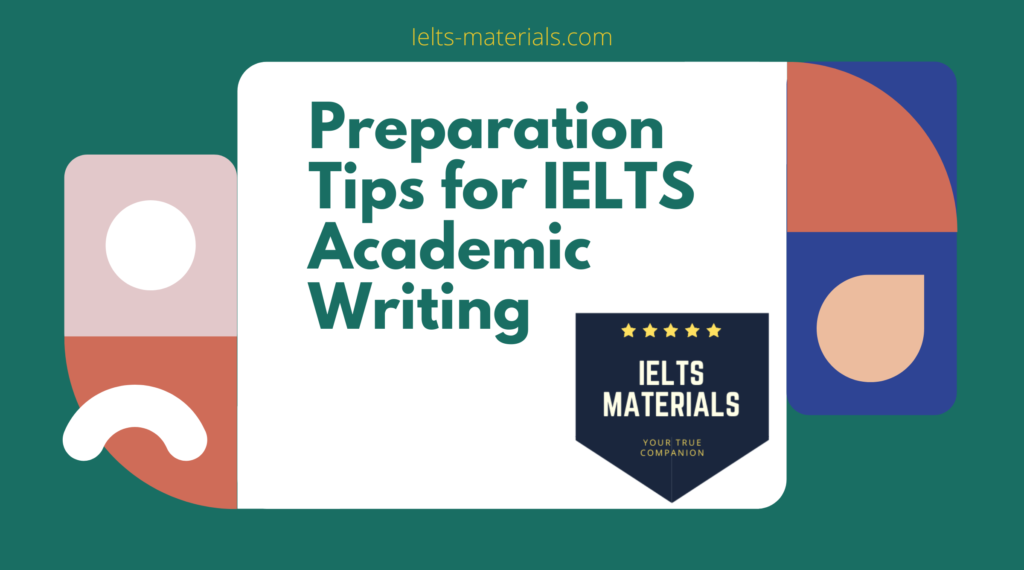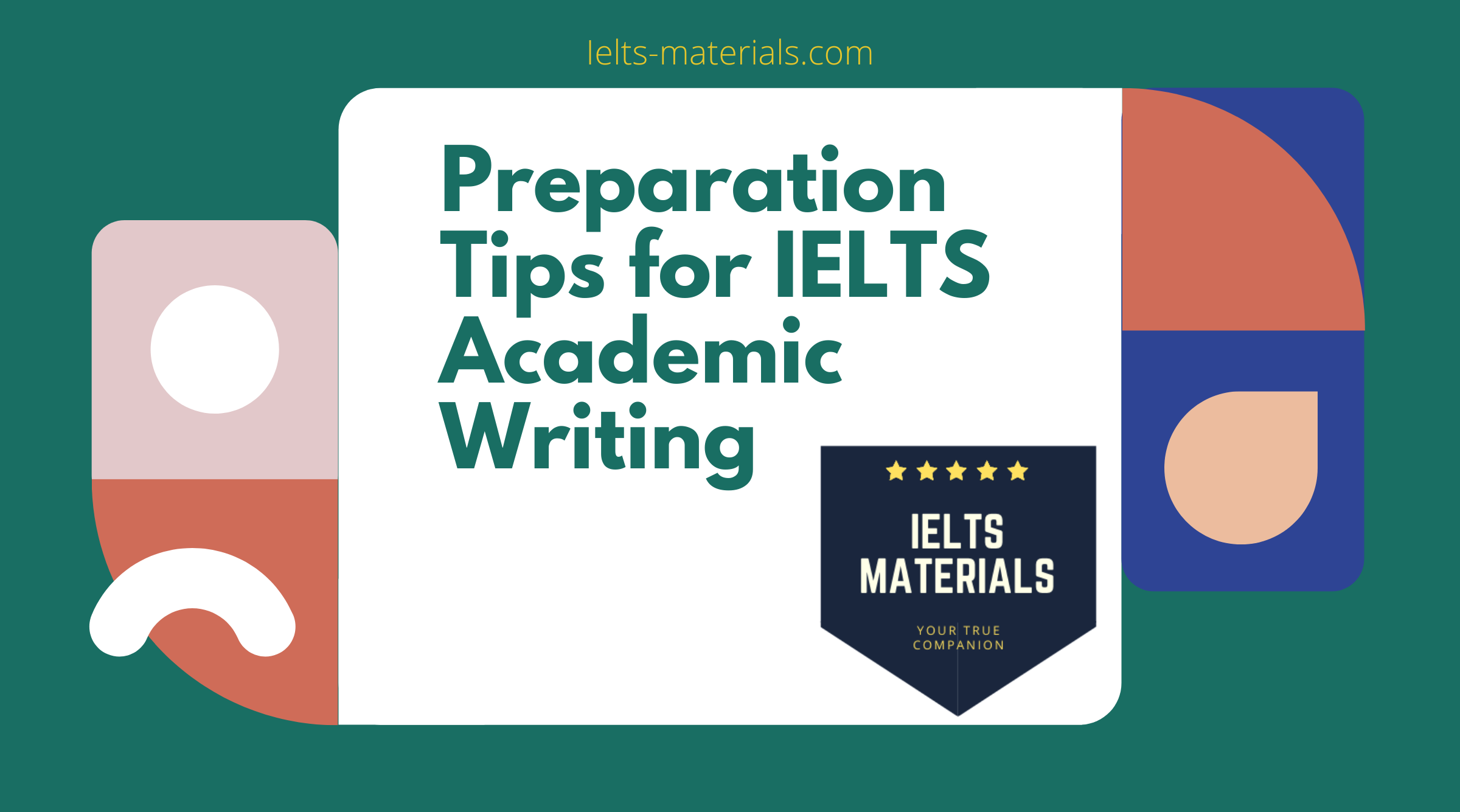
Table of Contents
Introduction
IELTS Academic Writing test has two tasks: Writing Task 1 and Writing Task 2. The questions on the Academic Writing test are not the same as the questions on the General Training Writing test.
You will be presented a visual representation of information, such as a graph, table, chart, or diagram, and asked to summarise, describe, or explain the information you observe in Academic Writing Task 1. Make sure your response is organized into three parts: an introduction, an overview, and the essential features backed by diagram figures.
In Academic Writing Task 2, you will be given a point of view, an argument, or a topic to write about. Topics such as the environment, immigration, culture, and even technology could be discussed. You can be asked to agree or disagree with a point of view or argument, compare and contrast two opposing ideas, write about the advantages and disadvantages, or explain a problem or its source and offer a solution. Your solution to Academic Writing Task 2 must be in the form of an essay.
Use ACTIVE VOICE
Do not write: “I will clean the house every Saturday.” (Passive)
You should write: “The house will be cleaned by me every Saturday.” (Active)
The passive voice construction (“was cleaned”) is used when the “doer” of the action is unknown.
“Prince Charming noticed the glass slipper that had been left behind,” for example.
Punctuation
Missing Commas
The Problem: Without commas, sentences can become long, unbroken blocks of text. Avoid this example: I went to the store but they were closed so I went home.
How to Avoid: Read the sentence aloud and pay attention to any gaps in your speech. When you pause or change gears within a sentence, use commas.
Too Many Commas
The Problem: In addition to missing commas, it is possible to include an excessive number of commas in a single sentence.
I went to the store, but they were closed, so I got in my car, turned on the radio, backed out, and went home.
How to Avoid: There is no hard and fast rule for how many commas are too many, but your eyes are the best judge of overuse. If you believe there are too many in a single sentence, consider replacing a comma with a period to separate the sentences.
Semi-colons versus Colons
The Problem: Semi-colons are frequently used incorrectly, especially when a colon should be used.
Avoid using the following example: I packed three items: a toothbrush, a blanket, and a pillow.
Good example: I’m looking forward to my vacation; I need a break from work.
How to Avoid: If you want to set up a list of items, use a colon. A semi-colon is used to separate two related but distinct ideas. Consider using a period instead of a semi-colon to separate the thought into two separate sentences.
Quotation Mark Placement
Because the punctuation is part of the text you’re quoting, it should be placed inside the quotation marks. It’s worth noting that punctuation in American English is placed inside the quotation marks, whereas punctuation in British English is placed outside of the quotation marks. If you’re browsing the web and notice punctuation marks outside of quotation marks, the source could be British.
Avoid repetition
Don’t say things like, “They were jealous and envious.”
Rather, say, “They were envious.” (Or envious.) Choose one.)
Make use of the VOCABULARY you already know.
Don’t feel obligated to use powerful words all of the time. It is usually preferable to be clear and uses simple language rather than displaying showy terms you are unsure of and possibly misusing. This isn’t to mean that you should settle for a poor vocabulary selection (like “bad” or “big” or “mad”).
Summarising:
There may be a lot of information to describe in a limited amount of words on the IELTS test. To properly complete the work requirements, you must select the necessary information and organize the content meaningfully.
Your document should be proofread and edited.
- You can begin by selecting the format (digital or print) you are most familiar with.
- Read aloud because errors that pass through the eyes may not pass through the ears.
- Highlight the punctuation marks that you used in your paper. As a result, you will stay focused while avoiding incorrect punctuation mark usage.
- If you know the most common errors, make a list of them and search for each type of error separately.

